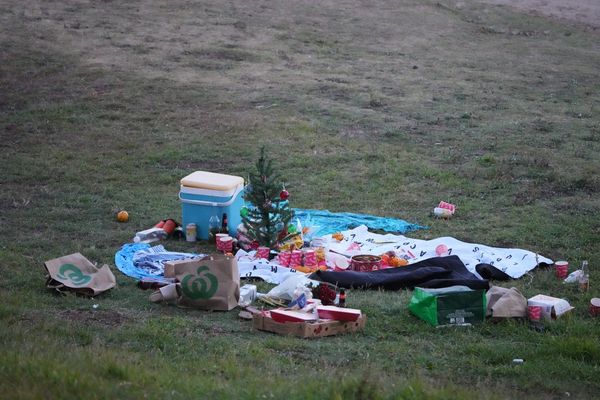The James Web Space Telescope (JWST) has detected planet-forming ingredients around hundreds of young stars in the Small Magellanic Cloud (SMC), a dwarf galaxy neighbouring the Milky Way.
Researchers used infrared imaging from the JWST to detect thermal radiation emitting from warm dust orbiting close to young stars, which they claim, in new research published on Tuesday in Nature Astronomy, is likely to form planets.
Olivia Jones and her colleagues at the UK's Royal Observatory said these findings aid understanding of whether planets can form efficiently in galaxies poorer in such planet-forming materials than the Milky Way.
Dr Jones and her colleagues observed hundreds of young low-mass stars in a star-forming region of the SMC called NGC 346. The signs of dust orbiting close to these young stars imply that planets should form as the stars mature.
They also indicate that the abundance of rock-forming elements in the SMC is similar to that of galaxies much further away — covering a period in the history of the Universe about 11 to 12 billion years ago that astronomers call "cosmic noon".
The new research infers that planets may have been able to form during this time period and thereafter, given that planet formation is likely in the SMC.
Planets start off as microscopic grains of sand or dust.
Over time these grains stick together, forming pebbles which conglomerate to form planetesimals.
These gently collide to form planetary cores.
But the raw materials to form dust — such as silicon, magnesium, aluminium and iron, are in lower supply in the SMC than the Milky Way.







